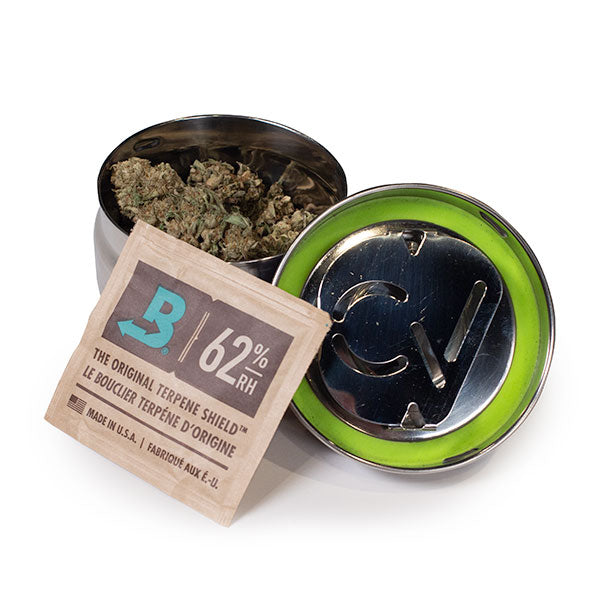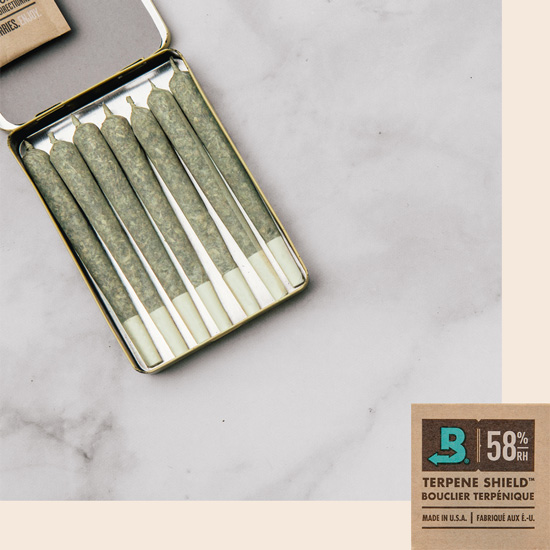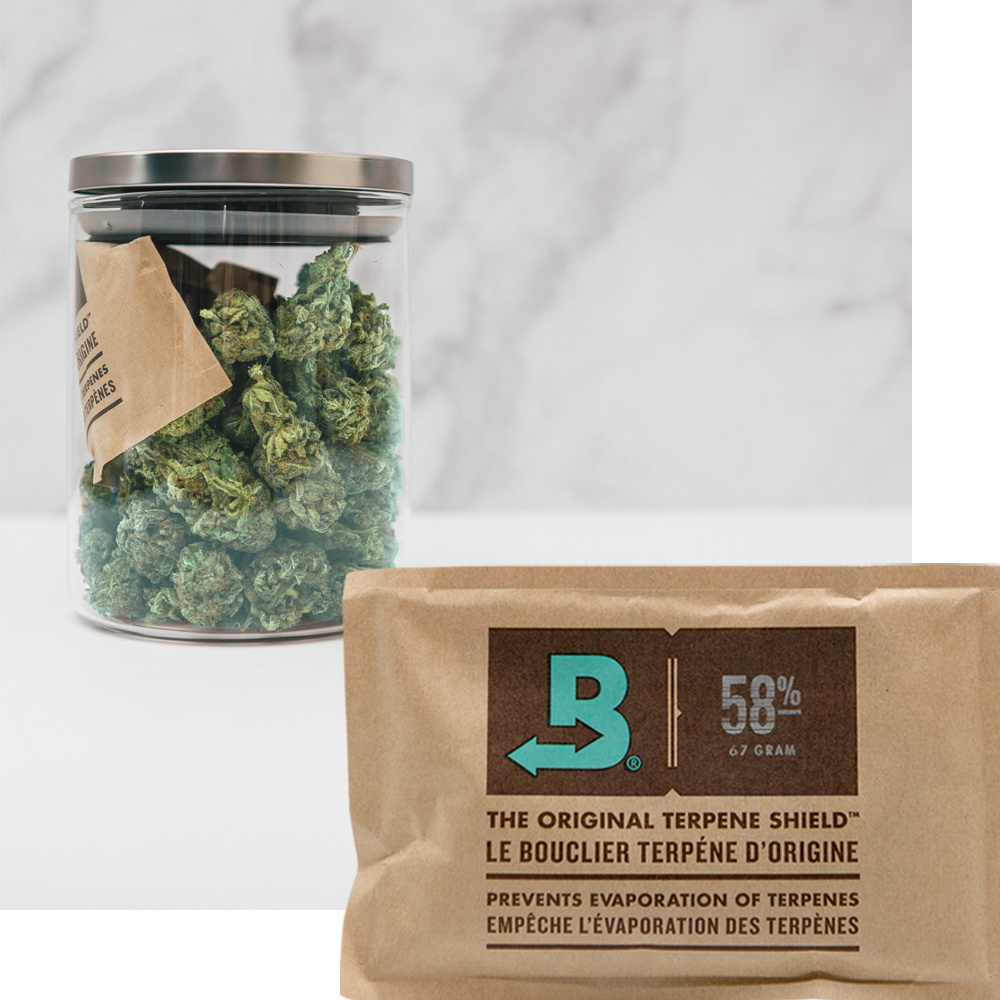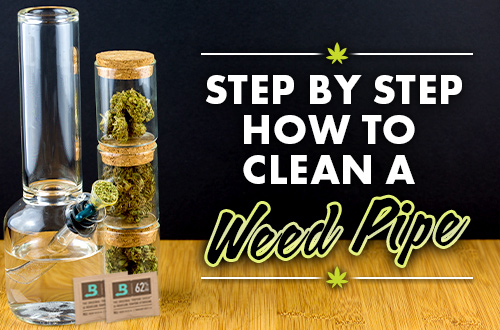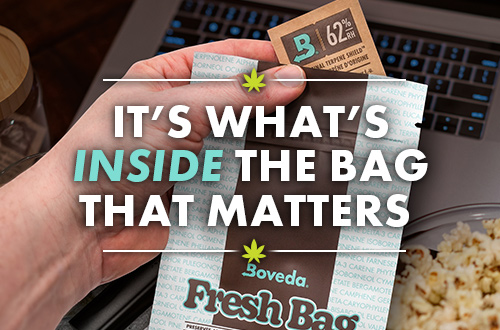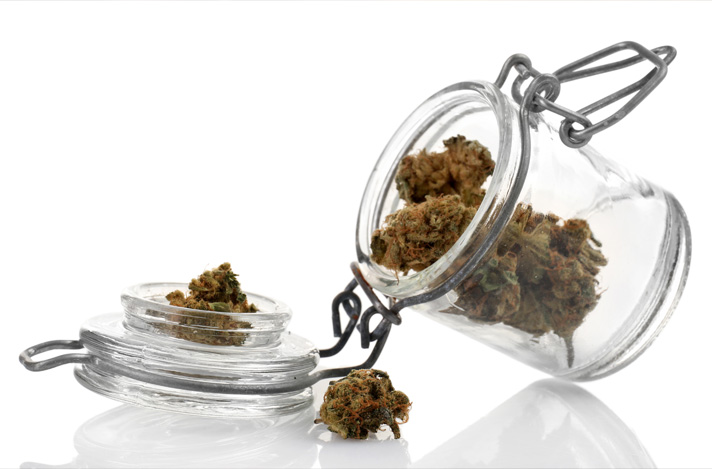
“Does weed go bad?” is a very common online search query. Whether it’s a novice user curious about the basics of cannabis storage, or a seasoned cannabis enthusiast who recently found a six-month-old stash hidden in a coat pocket, people love to ask Google about the shelf life of weed.
What they’re really asking, however, is how long—and under what circumstances—you should keep cannabis for optimal enjoyment.
This article investigates the question by looking at the science behind cannabis degradation, exploring empirical methods for testing cannabis quality, and finally, how to maximize your stash’s lifespan with a bit of scientific know-how and proper weed storage.
Does Cannabis Go Bad? A Bird’s Eye View of the Science
Like any organic matter, cannabis undergoes various changes over time that affect its chemical and physical makeup. These changes are precipitated by environmental factors like light, humidity, oxygen, and temperature. When these environmental conditions are less than ideal, such as when UV exposure is high or humidity is low, the degradation rate quickens.
But cannabis degrades a little differently than other organic things. It doesn’t “go bad” in the same way a banana goes bad, for instance, by turning goopy and brown-spotted. Instead, the main concern with cannabis aging is the degradation of its cannabinoids and terpenes.
When cannabinoids like THC and CBD degrade, the result is less potent cannabis—less psychoactive, less calming, and less of “an experience.” Likewise, when terps in weed degrade, all the nuanced flavor and aroma of good bud goes out the window. Research also indicates that terpenes are responsible for the pain-reducing, anxiety-mitigating, anti-inflammatory, and antioxidant effects of cannabis, so terpene degradation may significantly reduce the health benefits of bud.
To sum it up, in answer to the question “Does weed go bad,” here are three main takeaways:
- Cannabis does go bad
- By “going bad,” experts mean that it loses potency, health benefits, flavor, and aroma
- Cannabis goes bad much faster in subpar environmental conditions
How to Tell if Cannabis Is Past Its Prime
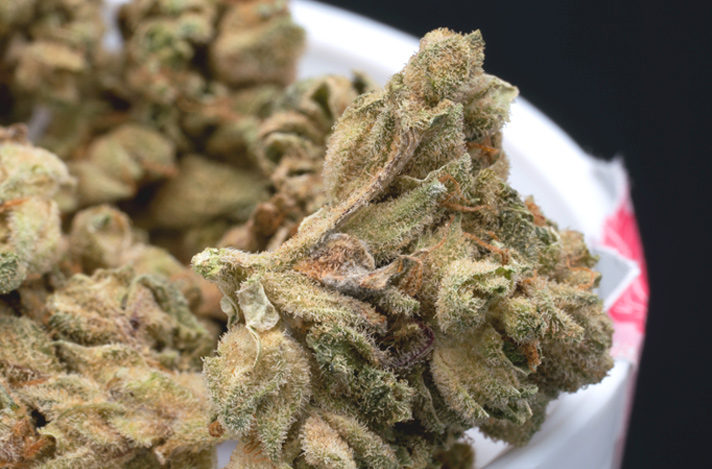
To use our banana example from above, it’s pretty easy to tell when things have reached a critical point of no return. If it’s brown all over, you either toss it in the compost or save it for banana bread.
Cannabis requires a little more attention to detail. Here’s how to tell if your stash is good to go or past its prime:
- First Impressions: At a glance, quality cannabis should be fluffy, vibrant, and covered in wispy hairs. If the buds are dull-colored, papery, or shriveled, it’s probably dried out. If you see discoloration like white patches, the cannabis might be moldy. And if you’re curious about what happens if you smoke moldy weed, visit the link to the left.
- The Sniff Test: A quick “squeeze and sniff” should reveal a nuanced terpene profile, complete with woodsy, piney, lemony, or fruity aromas (sometimes all of the above). If the aroma appears muted, the cannabis might have dried out. If it smells musty or “wrong,” you might have molded weed.
- Squeezing for Texture: As you sniff, squeeze the bud for texture. It should be slightly squishy with a small amount of give, and slightly sticky to the touch. It shouldn’t feel dry or crumbly. On the other end of the spectrum, it shouldn’t feel bloated or spongy.
- Trichomes: Next, get up close and personal with the trichomes, those terpene-rich “hairs” dusting the surface of the bud. They should look cloudy or amber-colored. (Break out the magnifying glass if it’s too challenging with the naked eye). Dark, withered, and damaged trichomes are an indication of degradation.
Maximizing Your Stash’s Lifespan with Proper Storage
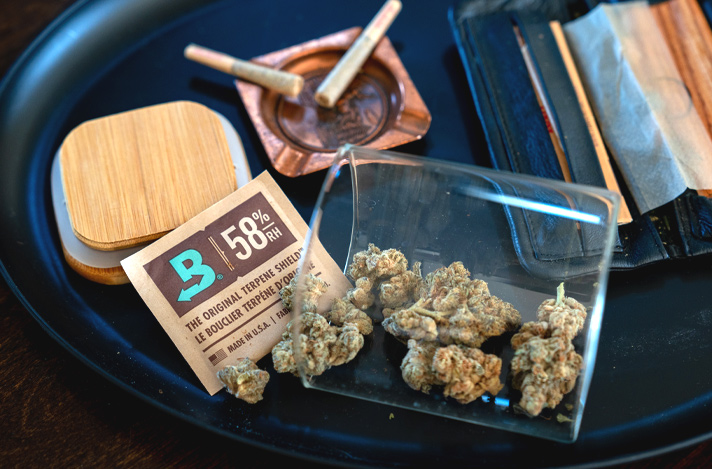
The best way to keep weed fresh—i.e., slow the rate of cannabinoid and terpene degradation—is to practice correct storage. Properly stored under ideal conditions, cannabis can stay flavorful and relatively potent for a surprisingly long time.
Here are a few steps to follow:
- Choose the Correct Storage Container: At a minimum, find a tightly sealed container. Bonus points if you can find a sturdy, opaque, roomy, smell-proof, and static-proof container—all fantastic qualities in a storage vessel.
- Control the Humidity and Temperature: Cannabis thrives in temperatures between 60 and 70 degrees Fahrenheit. Likewise, dial in your relative humidity (RH) to between 58% and 62% to preserve terpenes. You can achieve accurate RH with Boveda humidity packets, which conveniently come in 58% and 62% RH. These powerful packs release water vapor when the RH goes below the number on the package, and absorb excess water vapor when the RH rises above. Therefore, they effectively prevent dry or moldy weed over long periods.
- Limit UV and Oxygen Exposure: Ideally, your storage container limits these factors for you. However, if you choose a clear storage container, place it somewhere dark. Consider upgrading to a container that limits oxygen exchange, like an airtight, lightproof CVault Personal Stash Container.
- Refrigeration and Freezing Are Not a Worthwhile Compromise: Another popular search question online is “Does weed go bad when it gets cold.” The answer is yes. Refrigeration or freezing might slow the rate of degradation caused by temperature, but it’s a lousy trade-off since cold temperatures also wreak havoc on trichome integrity. It’s better to stick in that 60-70-degree range with optimal RH.
- If Something Goes Wrong, Revive Your Dry Cannabis: Let’s say you bring back an overly dried eighth from the dispensary. Luckily, all is not lost. For a severely parched product, Boveda recommends rehydrating weed in an airtight container with a 62% RH 2-way humidity control pack for between 24 and 48 hours—though this can vary depending on how dense or fluffy your nugs are, and just how dry they were to begin with. When the cannabis reaches equilibrium with the pack, you should once again be looking at sticky, fluffy bud. Read more about how to fix dry weed at the link.
How Long Does it Take for Weed to Go Bad?
That’s a tricky question to answer. In poor conditions, cannabinoids and terpenes degrade quickly. Follow the vetted storage steps in this article, and you can extend the lifespan of your cannabis significantly. Just be sure to check your bud regularly using the testing methods listed above—and bookmark this page for future reference.




